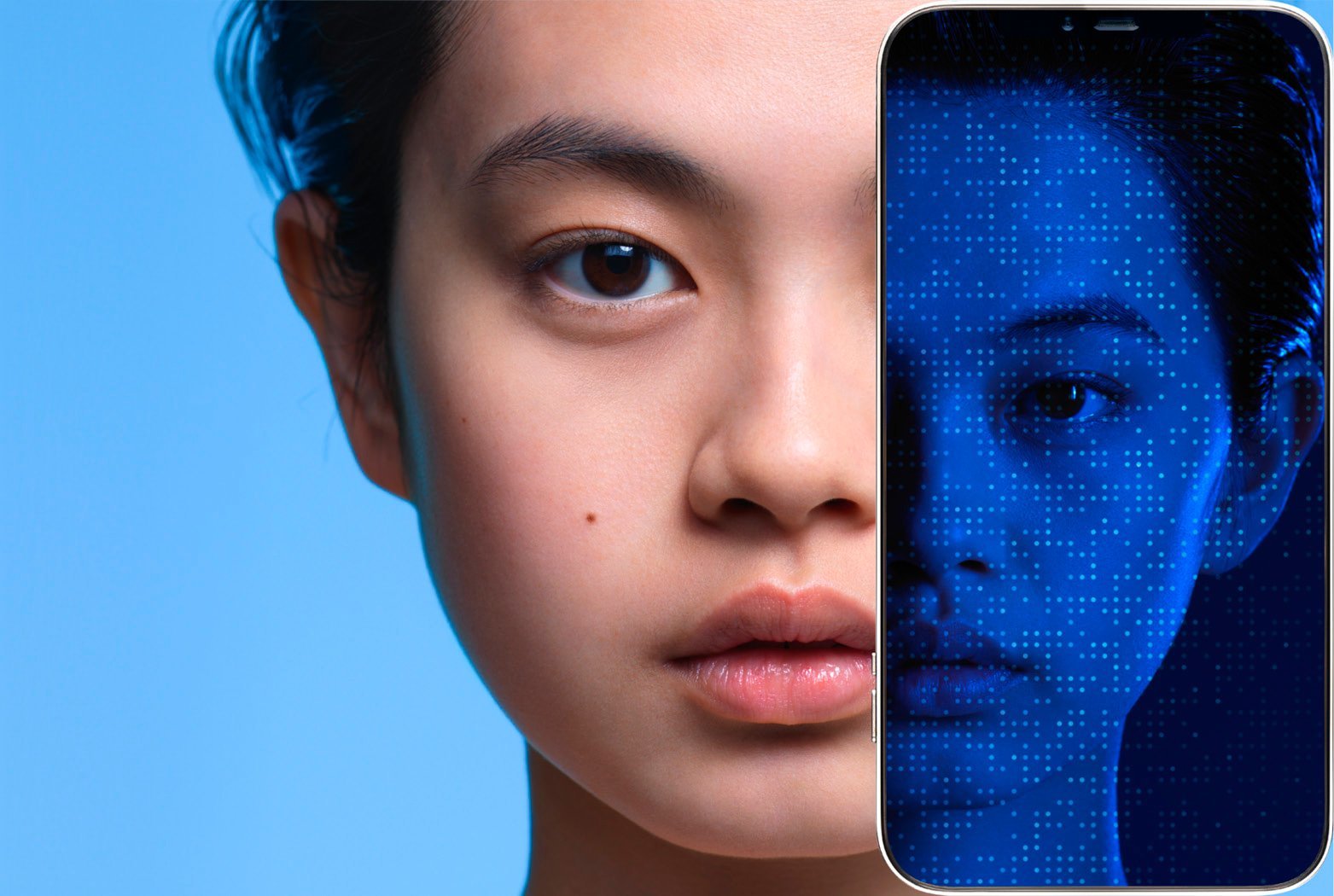WHAT CAUSES THESE PIGMENTATION
DISORDERS?
Numerous causes
Several factors can be considered responsible for the appearance of brown spots.
Sun exposure
Sun spots or sun lentigos form due to direct, prolonged exposure to UV rays. They can appear with age.
Ageing
So-called age spots are common from age forty onwards. They are caused by oxidative stress and changes in the skin's and the melanocytes’ metabolism.
Hormones
Contraceptive pills and certain medicines which affect the body's hormonal balance can cause dark spots to form after exposure to the sun. Hormone activity can also lead to the appearance of pregnancy mask, which affects certain pregnant women (before and/or after the birth).
HOW DO DARK SPOTS
DEVELOP?
A major advance in the understanding of dark spots and their impact on the quality of the complexion
Thanks to an ambitious research project, L’Oréal Laboratories have found new evidence confirming that dark spots do not solely originate at the epidermal surface. Over the course of their life cycle - from melanin production to their appearance at the skin’s surface - changes within the melanotope (the melanocyte environment) also contribute to their development.
Signs of an uneven complexion - Nascent dark spots
Dark spots originate from and in melanocytes, pigment-producing cells in the basal layer of the epidermis. These cells react to stimuli by producing too much melanin. These excess melanin deposits gradually begin to rise up within the epidermis and to alter the uniformity of the skin, but remain invisible until they reach the skin’s surface.
Loss of skin uniformity - Established dark spots
Deposits of excess melanin arrive at the upper epidermal layers.
The dark spots become established on-surface and are thus visible.
Long-term alteration of the skin's uniformity - Recurrent dark spots
It is possible to reduce dark spots at the epidermal surface. However, the melanocytes responsible for their appearance remain overactive.
The melanotope - within the epidermis but most importantly the dermis and the dermo-epidermal junction - remains abnormal (chronic epidermal micro-inflammation, modification of the dermal matrix).
As a result, dark spots will reappear and once again impact the quality of the complexion.
PRACTICAL
ADVICE
This discovery confirms that dark spots are not all about the melanocytes. Both the melanocyte and its melanotope play key roles in the formation, persistence and reappearance of pigment spots. To offer optimum efficacy, a re-unifying skincare product must have a comprehensive approach.
HOW CAN WE CORRECT DARK SPOTS
AND EVEN OUT THE COMPLEXION?
A comprehensive approach to skincare?
PIGMENTCLAR SERUM is an intensive, re-uniforming anti-dark spot corrector. This serum not only benefits from the potent PIGMENTCLAR anti-dark spot complex, whose efficacy has been proven in the correction of pigmentation disorders on the face and on lentigos, it also has a very high concentration of LHA* which is ideal for correcting dark spots without damaging sensitive skin. Even after ceasing use of the serum, its anti-dark spot efficacy** leaves the skin even and radiant.
* Among La Roche-Posay's current products.
** Serum anti-dark spot efficacy maintained for up to 3 weeks after use cessation (12 weeks' use) Cosmeto-clinical study on 31 subjects.
PRACTICAL
ADVICE
An even, radiant eye area is also essential for a glowing complexion. PIGMENTCLAR EYES corrects both brown and blue under-eye circles. Concentrated in caffeine, a decongestant, and PIGMENTCLAR complex, this corrector targets both blue under-eye circles caused by the slow-down in microcirculation in the periocular area, and brown under-eye circles, caused by the excess production of melanin in the eye area.
The gentle, creamy texture, enriched with light-reflecting pigments, together with the refreshing metal applicator, brightens and refreshes the eye area.






